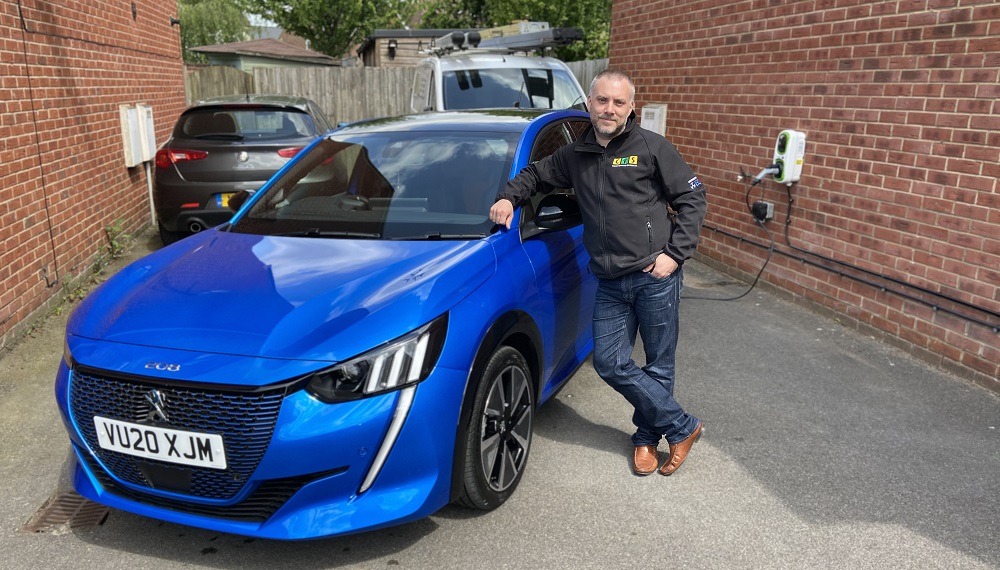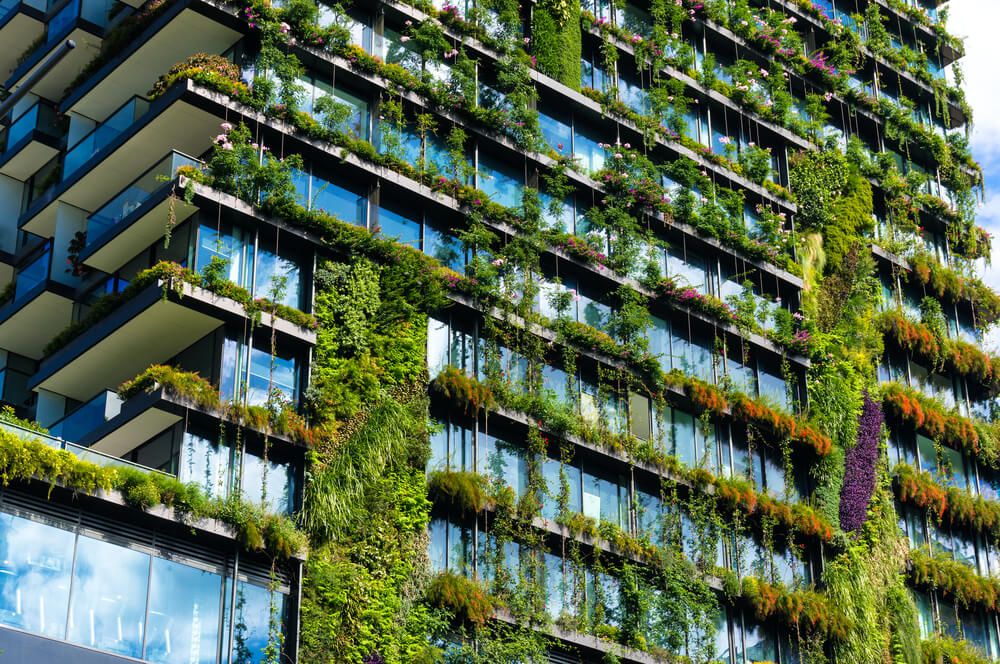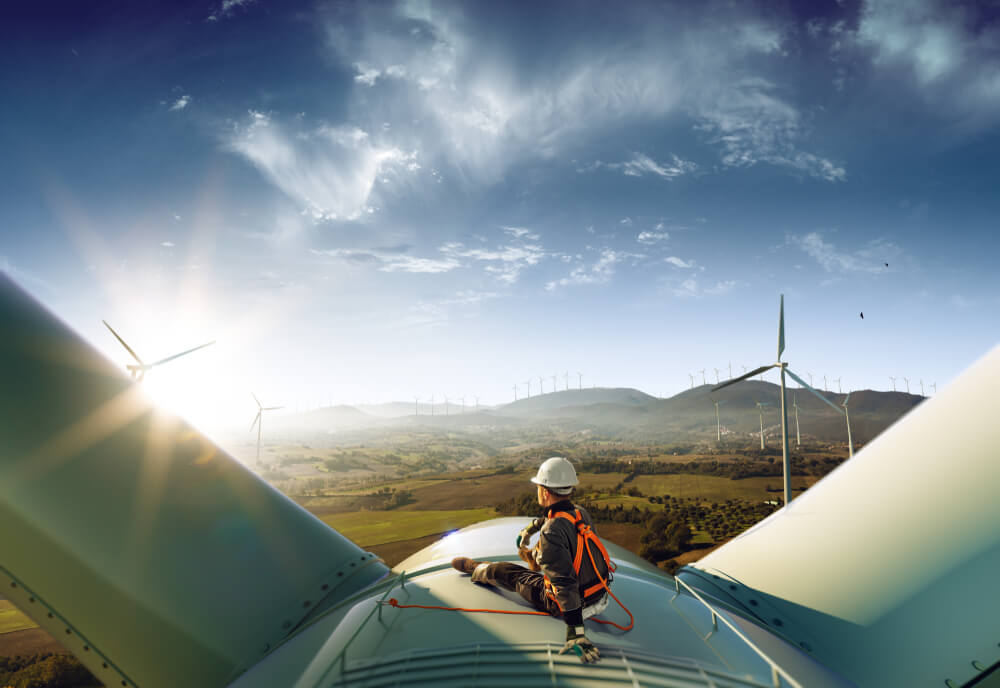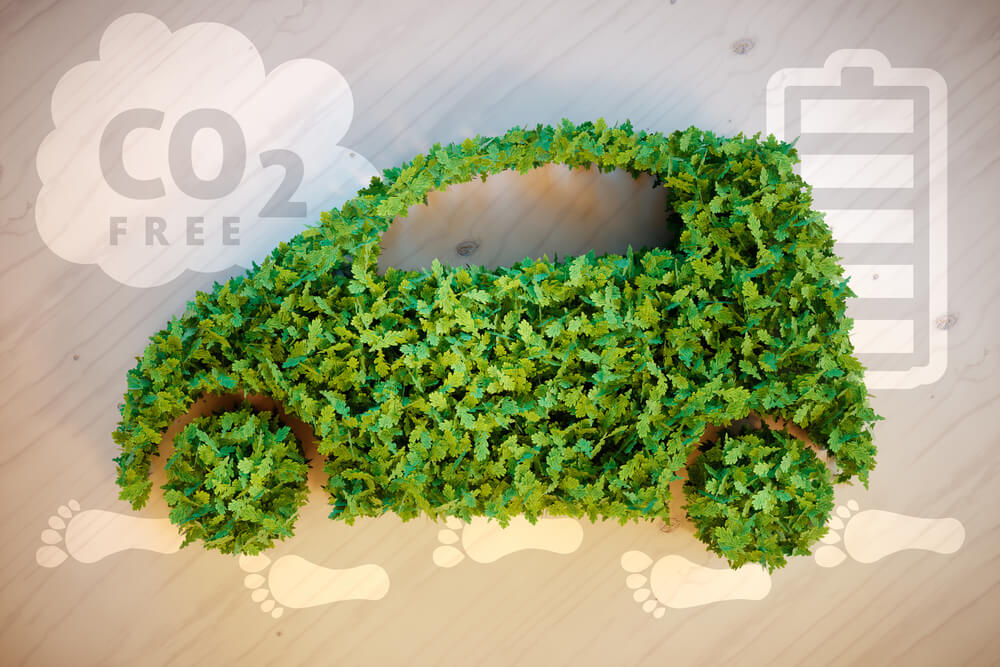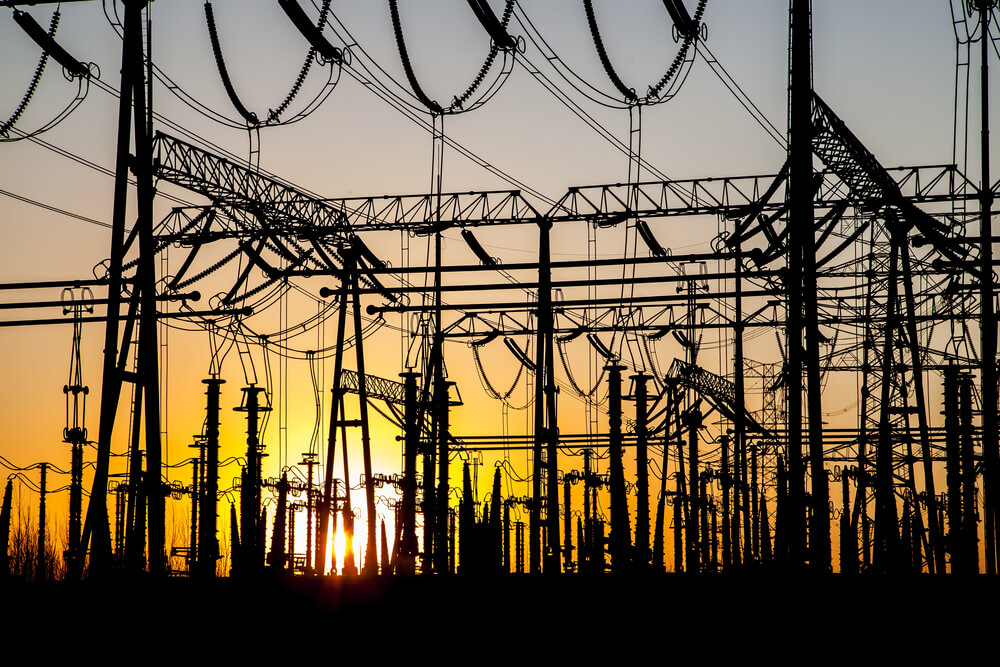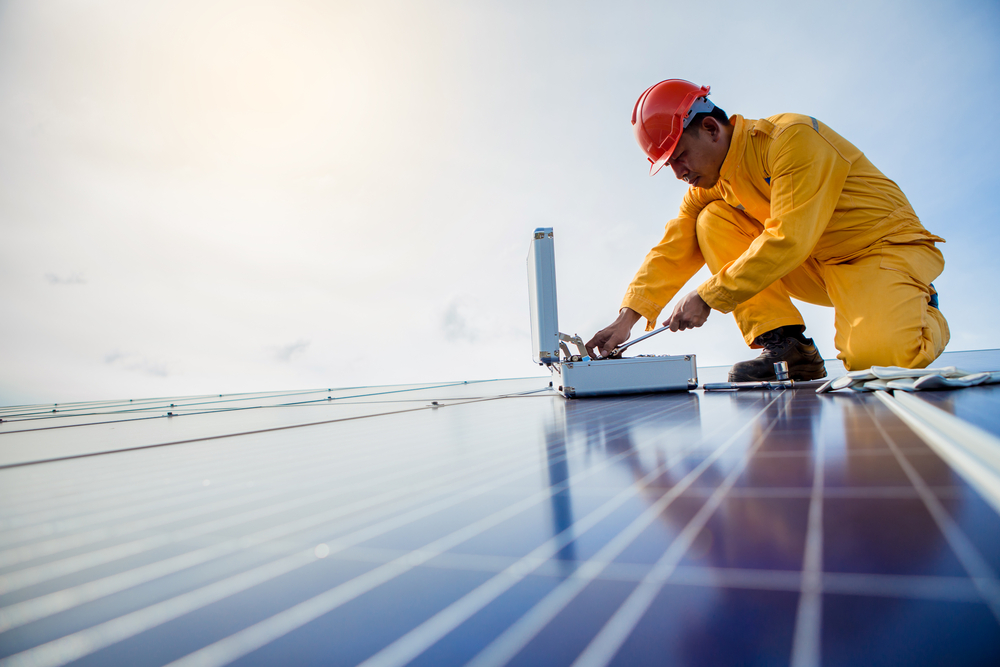Heatpumps or Hydrogen? The future of clean energy

Luke Osborne
Energy and Emerging Technologies Solutions Advisor
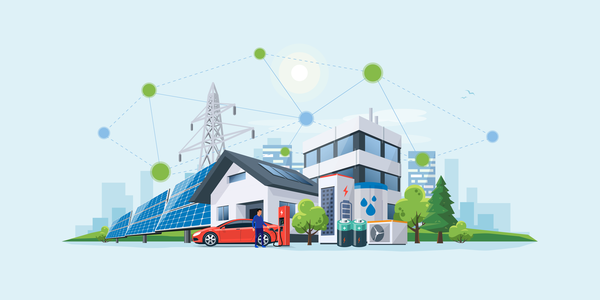
Heat accounts for 45% of the UK’s energy use. As part of our push for Net Zero Carbon 2050, we must tackle the decarbonisation of heat. The obvious way is to omit fossil fuels from the mix.
Electricity is set to become the main source of future clean heat. As our electricity network continues to decarbonise, through renewable energy generation, so will our heating.*
Heatpumps
Electrification of heat isn’t new, resistive heating (including Infra-red heating) has been deployed for decades and is incredibly efficient (1kW electricity used ≈ 1kW of heat output). However, heatpumps (which work via a reverse refrigeration cycle) offer increased efficiencies, with a Seasonal Co-efficient of Performance (SCOP) with an average of 3-4. This means for every kW of electricity used, 3-4kW of heat is provided. Therefore, heatpumps are an essential part of the UKs decarbonisation strategy.
Reducing the demand for energy
If we simply replace reliance on fossil fuels with electrification on a kW for kW basis, we may have an issue. The ratio factor (SCOP) is important. The average peak demand for gas in the UK is currently about four times peak winter electricity demand.
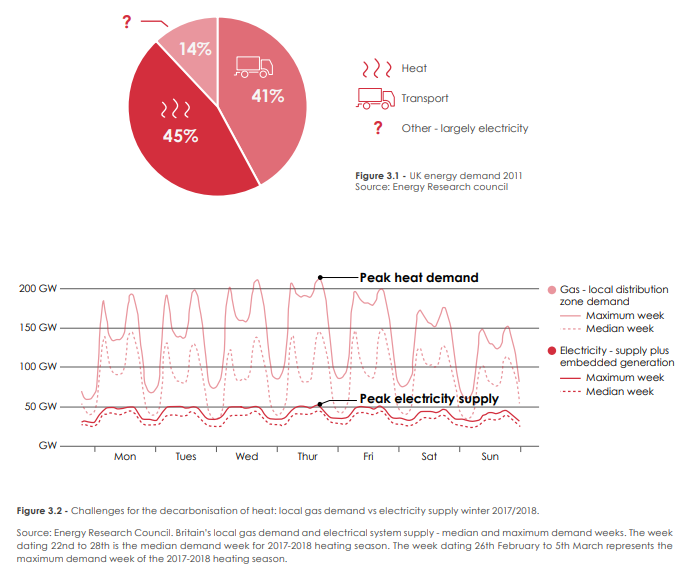
Reducing the thermal demands of existing buildings through extensive retrofit strategies and ensuring Near Zero Energy Build (NZEB) standards are embedded in new builds, lowers energy demand.
Thermally efficient buildings require less energy for heating. In some instances, direct electrification of heat can be considered. NZEBs and Passivhaus designed buildings need such low thermal input that heatpumps may be an ‘over engineered’ solution. Infrared panel heaters, electric underfloor heating and smart electrical thermal storage all become viable options.
They provide both lower product and installation costs, reduced / eliminated maintenance costs and lower embedded CO2 and energy. They also remove any concerns about ‘F’ gas losses in manufacturing and maintenance. Smart thermal storage can also aid in balancing the grid. This is currently being trialled with ECA Associates, Glen Dimplex and the Kaluza platform.
Hydrogen
Hydrogen is likely to play a part in providing clean heat. There is considerable investment in this area and Hydrogen-ready boilers are already appearing. The village of Winlaton, near Newcastle will soon be running on 20% blended hydrogen as part of a test case. However, hydrogen should only be considered where it is produced solely through excess renewable energy generation (green hydrogen). Even then, it is far more efficient to use electricity.
Our heating systems of the future will involve a mix of technologies and a useful projection can be seen in the following graphic from UK Energy Research .
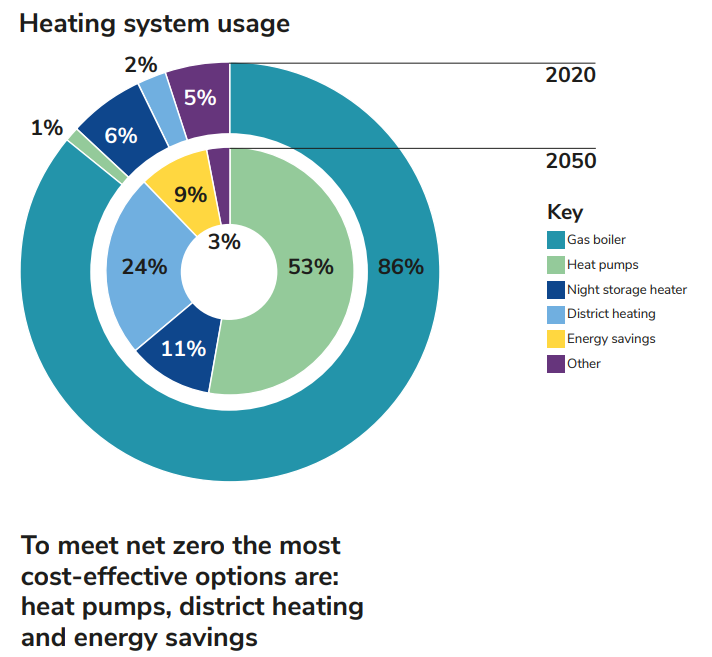
Source: UK Energy Research Council The pathway to net zero heating https://d2e1qxpsswcpgz.cloudfront.net/uploads/2020/09/The_pathway_to_net_zero_heating_UKERC_briefing.pdf
*Note: SAP 10.1 already cites electricity as having 0.136 CO2e per kWh vs 0.21 CO2e per kWh for natural gas

Luke Osborne
Energy and Emerging Technologies Solutions Advisor
Luke joined ECA's technical team in 2018. Luke completed a mechanical and electrical apprenticeship with the Ford Motor Company in 1997 and has since held many technical roles, from site engineer to development engineer and global support. Following completion of an engineering degree with a specialisation in sustainability, Luke ran his own renewable energy installation company, with a particular focus on solar.
Related Articles
Spotlight shifting to M&E embodied carbon
The value of energy efficiency
ECA Commercial Associate Kosnic lights the way to sustainability
Net Zero Review underlines role for engineering services
Five ways to become a more sustainable business in 2023
Now is our last chance to make homes fit for the future
It’s a great time for a green career
Bringing Low-Carbon Apprenticeships to Life
The future of the built environment after COP26
Life after COP26: what happens next?
The view from COP26
Net Zero: a personal perspective
How the electrotechnical contractor can help clients mitigate against energy price rises
New rules for Public Sector Carbon Reporting
Setting the stage for COP26: Green Jobs
100 days until COP26: what are we doing to reach Net Zero?
A new era of fossil free travel
The clock is ticking for the future of net zero buildings
Clear, present and future opportunities for EV charging
Behind the headlines: Net Zero Carbon
A clear route to Getting Zero Carbon Done
Introducing the new MCS
Get into EV! Interview with Darren Crannis
Why Europe needs a green recovery
Electric heat edges ahead in the low carbon stakes
Let's get Zero Carbon done
SF6: the greenhouse gas at the heart of our industry
VAT hike puts brakes on home solar and batteries
Are you up to date with ECAtoday?
ECAtoday is the official online magazine of ECA and reaches thousands of people within the electrotechnical and engineering services industry.
Copyright © 2024 Electrical Contractors Association Ltd







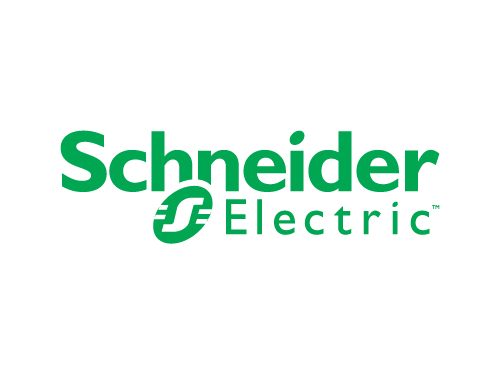

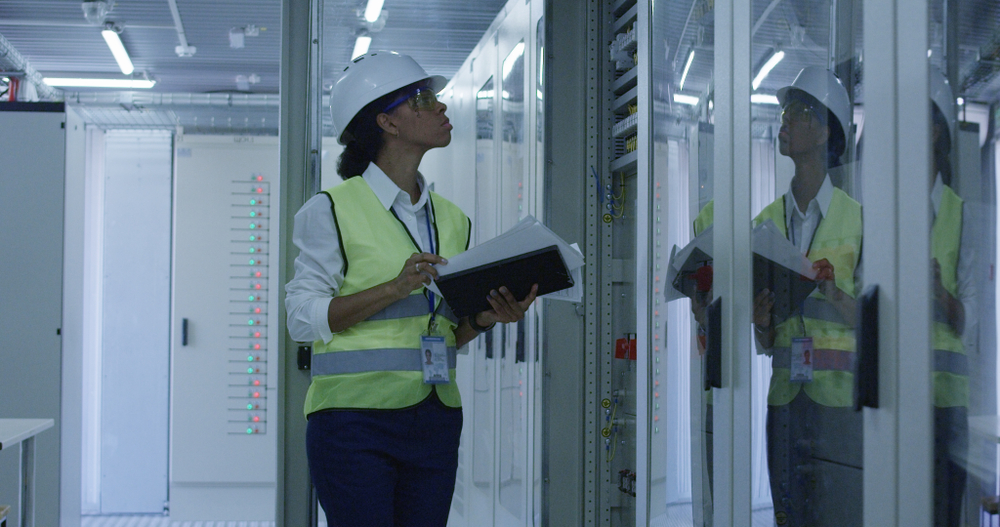
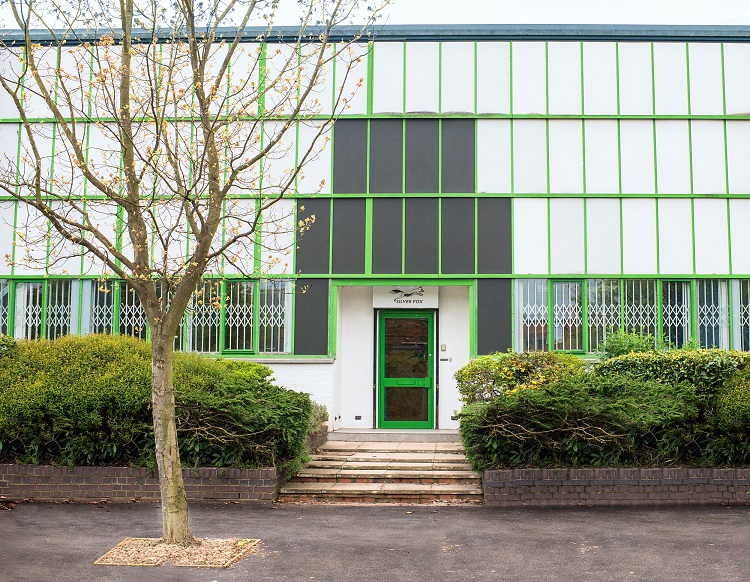
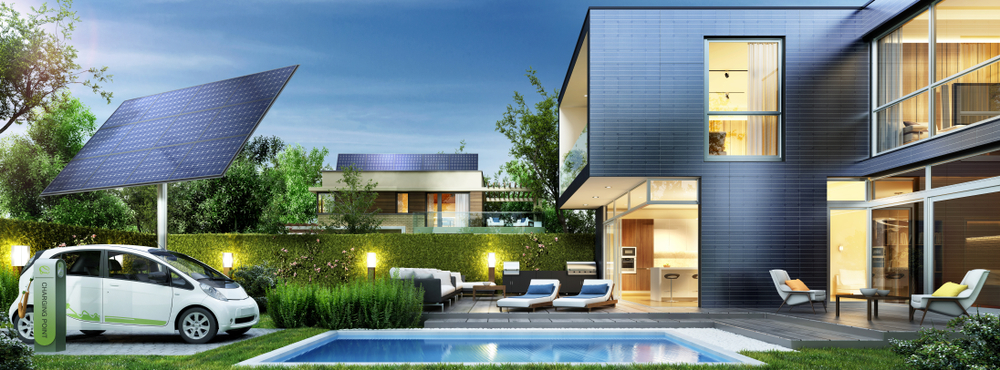

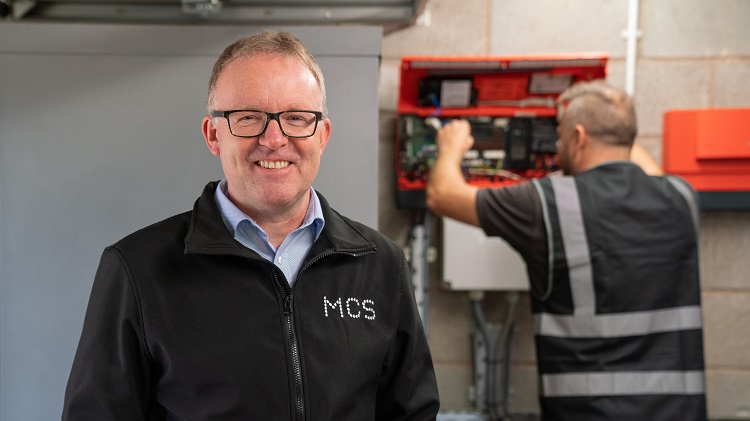




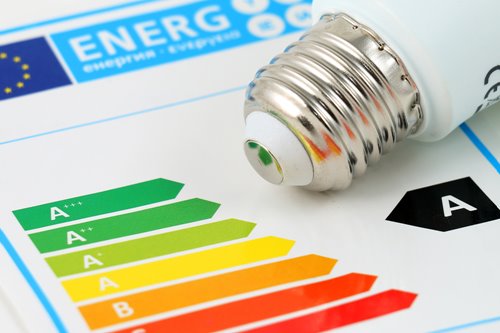



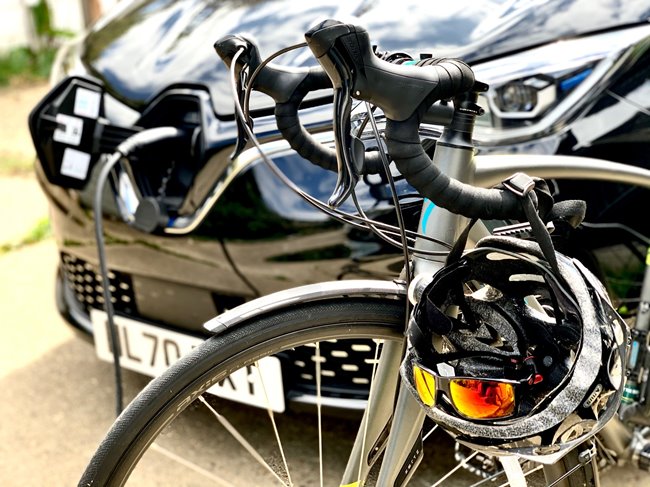
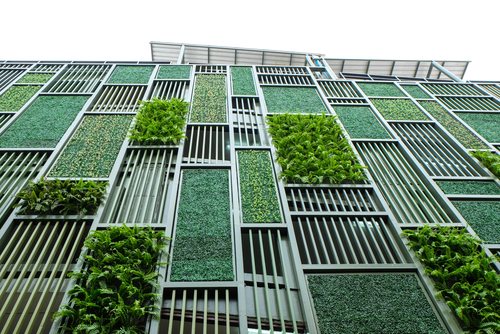
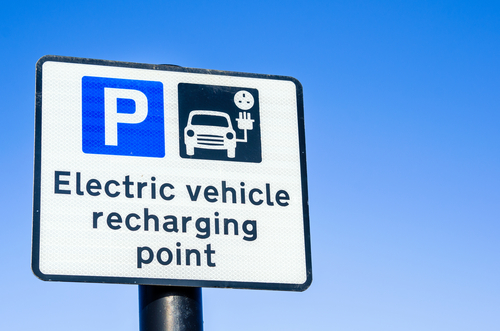
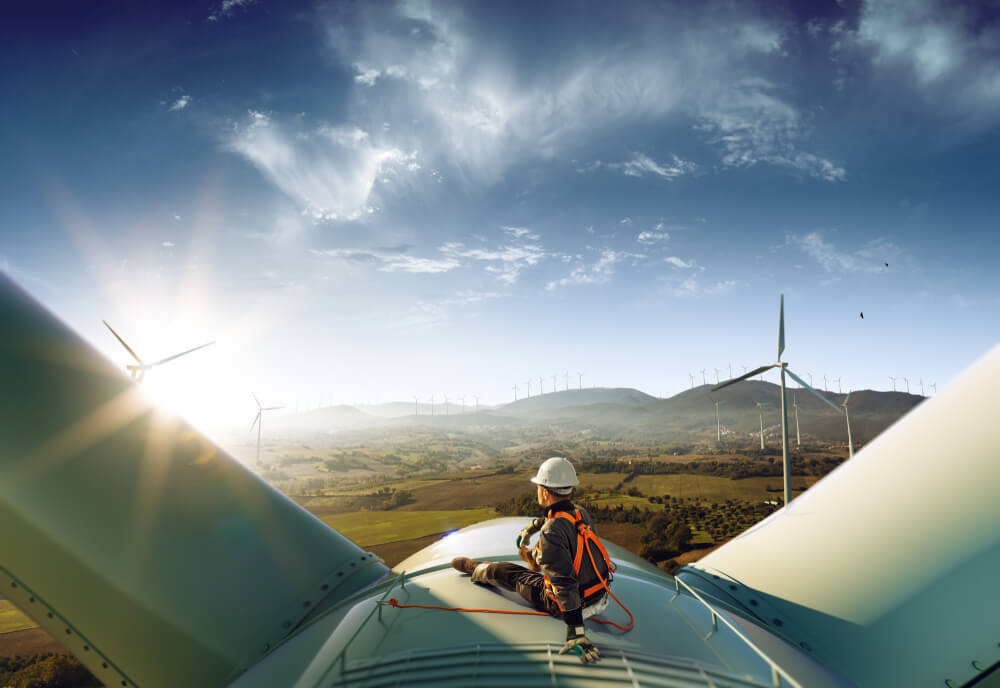
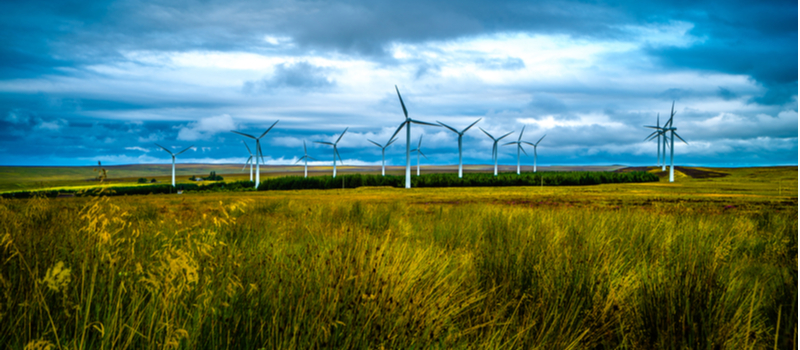
.jpg?width=1000&height=999&ext=.jpg)
